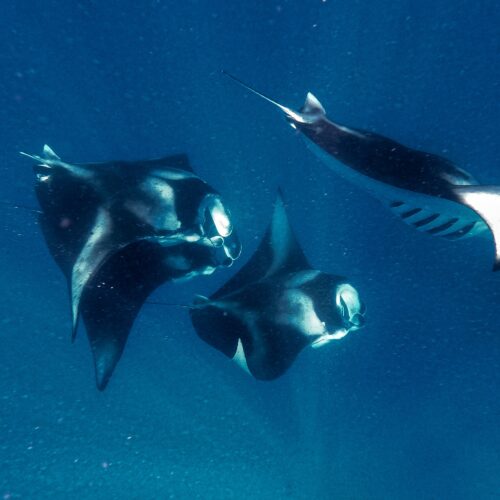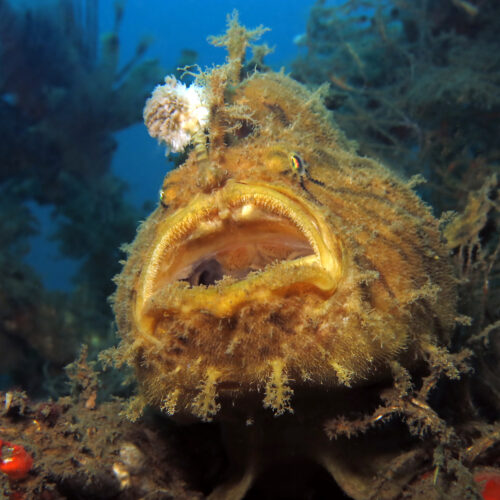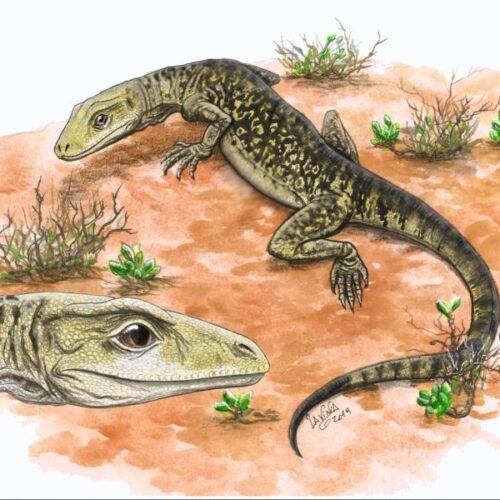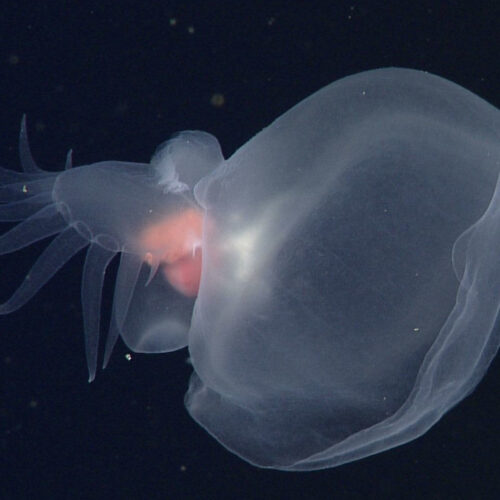Flashy exotic birds can actually glow in the dark
Found in the forests of Papua New Guinea, Indonesia, and Eastern Australia, birds of paradise are famous for flashy feathers and unusually shaped ornaments, which set the standard for haute couture among birds. Many use these feathers for flamboyant mating displays in which they shape-shift into otherworldly forms.
As if this didn’t attract enough attention, we’ve now learned that they also glow in the dark.
Biofluorescent organisms are everywhere, from mushrooms to fish to reptiles and amphibians, but few birds have been identified as having glowing feathers. This is why biologist Rene Martin of the University of Nebraska-Lincoln wanted to investigate. She and her team studied a treasure trove of specimens at the American Museum of Natural History, which have been collected since the 1800s, and found that 37 of the 45 known species of birds of paradise have feathers that fluoresce.


© TeeJe










